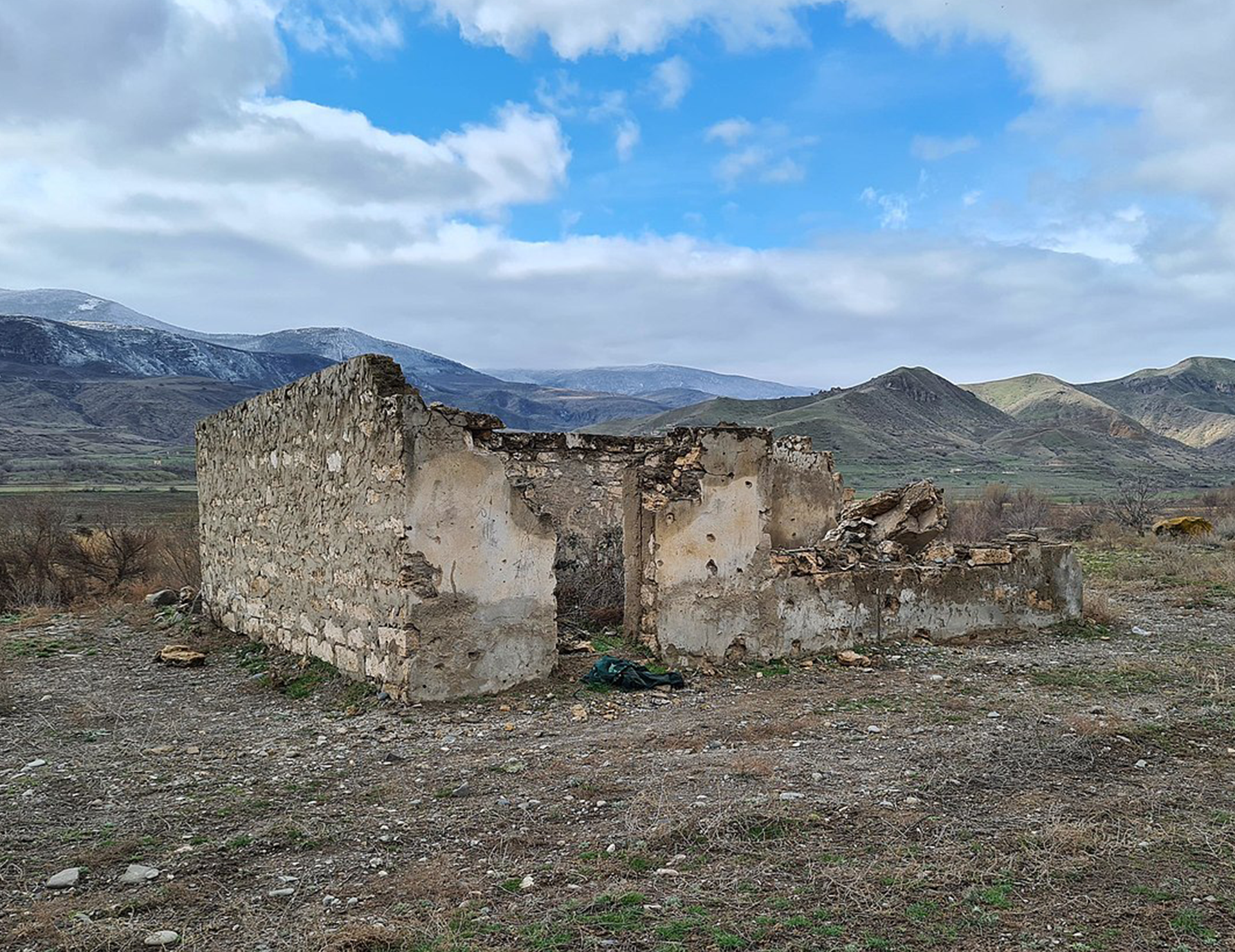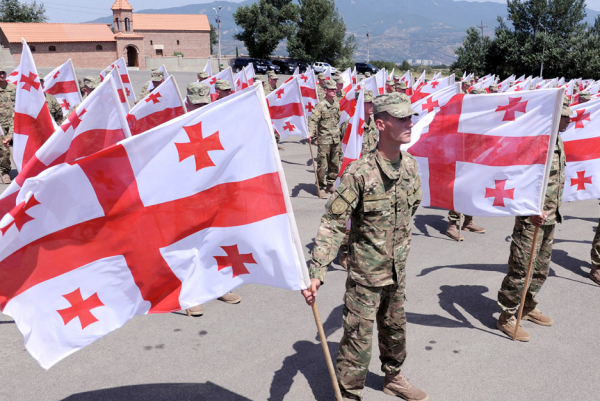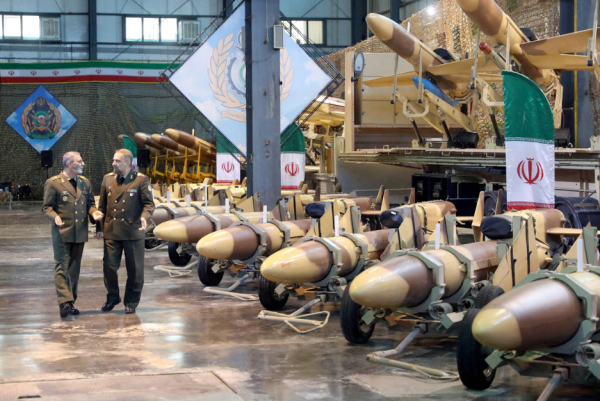Armenia and Azerbaijan at a critical juncture

The most recent fighting in Karabakh on September 19 finally ended decades-long separatism in Azerbaijan. But the collapse of the political realm in a breakaway territory has ushered in complex identity challenges for both Armenia and Azerbaijan. Now, two conflicting national ideologies are confronted with an unprecedented dilemma. There are two approaches to consider: one involves carrying on with the current line of thinking, which focuses on exclusive identity politics, and the other entails a profound overhaul of the web of narratives. This dilemma is often referred to as ontological insecurity - that is, people feeling threatened, anxious, and uncertain about the future of their identity. Several cycles of violence in Karabakh created an atmosphere where people on both sides have been urged to question the very basic understanding of their own country and the “enemy”.
Perhaps very few were left unaffected as a result of the Second Karabakh War. The war and its aftermath shook the very columns of national concepts in both countries on many levels. Firstly, the process of normalization, characterized by negotiations and compromises, has posed significant challenges to the established national identities. It caused anxiety among those who once firmly identified their identities with the ethnic divide as they adapt to the shifting political landscape.
The conflict theater has changed so rapidly that the meaning of many concepts has become either irrelevant or antiquated. On the one hand, a desire for a peaceful future has increased in both societies, as conflict fatigue has perhaps reached its apex point. On the other hand, how to replace the national concepts that were built largely around the conflict has become a matter of question that many, if not all, have no answers for.
Path of revanchism
One possible way forward is keeping the current thinking intact, that is, continuing to be a part of the never-ending cycle of violence. Certainly, for some, it sounds like a patriotic duty to continue what has been done in the past three decades. Re-arming Armenia for restoring “historical justice” would surely generate some applause among primarily those who have been affected little by the conflict. Or believing that “might is right” and you can use military power here and there without thinking of its consequences is another line of thinking that would surely find many supporters. A desire for revenge can also manifest through nationalist propaganda, which may seek to keep the memory of the conflict alive and stoke nationalistic fervor. Such narratives can fuel a sense of injustice and motivate future generations to pursue revanche.
Yet, it is crucial to recognize that the pursuit of revanche carries significant risks and challenges. Pouring money into the arms industry can place a heavy economic burden, diverting resources away from other critical needs such as development and social welfare. At the same time, keeping borders closed with no contact between the two people and economies would mean losing yet another chance to leverage the region’s huge geoeconomic potential in time of changing world order. Rational thinking tells us that the desire for revenge must be weighed against the potential benefits of pursuing a path toward sustainable peace.
This revanchist agenda can make it challenging for both nations to reconstruct their ontological security. Because it perpetuates a state of constant insecurity, driven by the need to maintain a perceived external threat as a means of securing a coherent and meaningful identity. In this scenario, the quest for ontological security may manifest as a drive to re-establish objects of fear, thereby perpetuating insecurity and preventing the establishment of a stable and peaceful coexistence.
Path of peace
Conversely, the other path offers an opportunity to establish a sustainable peace that can benefit not only Armenia and Azerbaijan but also the broader region. It holds the potential for fostering stability and prosperity, yet it also forces a deep reckoning with questions surrounding the reshaping of identities and the reconciliation of historical grievances. This path requires a focus on the reconstruction of new systems of meaning and morality and entails addressing the anxieties that have emerged and developing alternative narratives that can help redefine the identities of both nations in a way that no longer views the other as an existential threat.
Embracing a path of peace could yield substantial benefits for both countries. According to a recent study, peace could result in significant economic advantages for Armenia, such as savings on military expenditure amounting to up to 2.8% of GDP. Moreover, the net inflow of foreign direct investment could witness a remarkable increase of at least 20%, potentially boosting GDP by 5-6%. Lower risk perception may lead to reduced interest rates on portfolio investments, alleviating the government's annual debt burden by a minimum of US$20 million. Additionally, addressing Armenia's energy deficiencies and enhancing cooperation in transportation systems would bring substantial economic benefits to Armenia. Similarly, for Azerbaijan, peace could lead to enhanced regional integration, reduced military expenditure, increased foreign investment, improved energy security, and cooperation on water resources, all of which would contribute to economic growth and stability in the post-conflict era.
To embark on this path toward sustainable peace, Armenia and Azerbaijan must undertake several crucial steps. Both nations should shift their collective focus away from deeply rooted conflict-centric identities and instead adopt a more constructive approach, providing hope in a landscape marked by anxiety and uncertainty. They must undertake the task of reconstructing their identities in a way that no longer perceives the other as an existential threat. This involves fostering new narratives that emphasize common values, mitigating the fears that have perpetuated conflict. This could involve educational reforms that promote tolerance and inclusivity, encourage cultural exchanges, and emphasize shared cultural elements between the two nations. Azerbaijan can take the lead by organising joint initiatives in arts, culture, and sports, as well as through media campaigns that highlight the benefits of cooperation and peaceful coexistence. Another critical component of this path is the acknowledgment and reconciliation of historical grievances. Armenia and Azerbaijan should establish mechanisms for addressing past injustices and promoting healing and forgiveness.
Towards a new vision
Essentially, both nations find themselves at a pivotal juncture, where they are likely to wrestle with issues of identity as they strive for a sustainable resolution. It's crucial to recognize that a peace agreement, while a significant step, does not always guarantee lasting peace. Ensuring that the peace agreement addresses these psychological and identity-related aspects will be crucial for its sustainability and the successful reintegration of affected populations. In the event that the parties do not reach a consensus on addressing these issues in the primary peace agreement, the possibility of subsequent documents or accords that specifically focus on these aspects should be explored. These supplementary agreements can be designed to address the sensitive elements of identity, reconciliation, and psychological healing.
The potential benefits of peace are vast, encompassing economic growth, improved regional stability, and a brighter future for the people. To achieve this, both nations should reconstruct their identities in the wake of this profound geopolitical transformation. Achieving lasting peace will require a delicate balance between addressing historical grievances and forging a new path forward. It is a complex terrain that demands reflection and a commitment to dialogue and reconciliation. This critical juncture presents a unique opportunity for both nations to chart a new course that prioritizes peace and regional stability.
The original article was published here.







